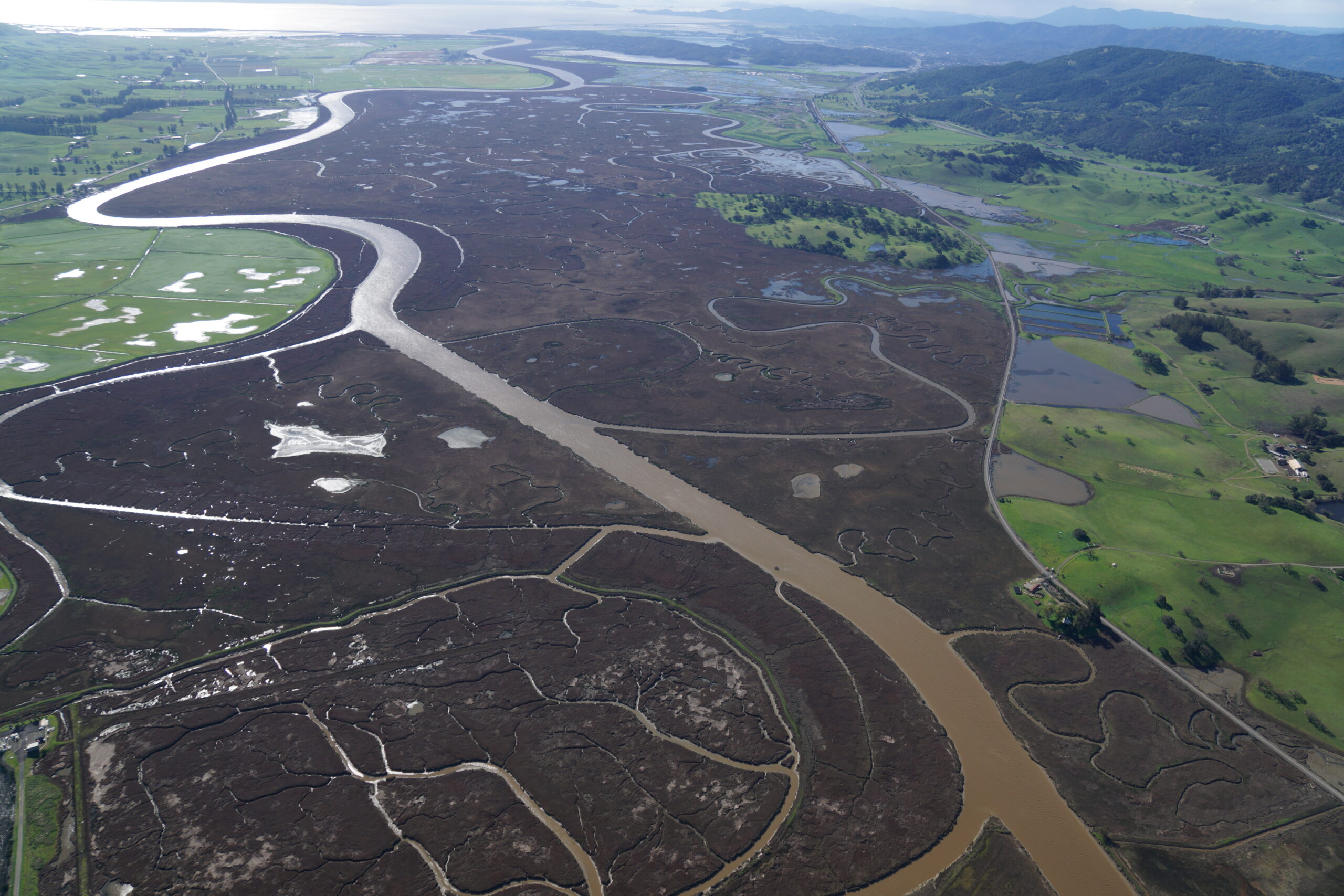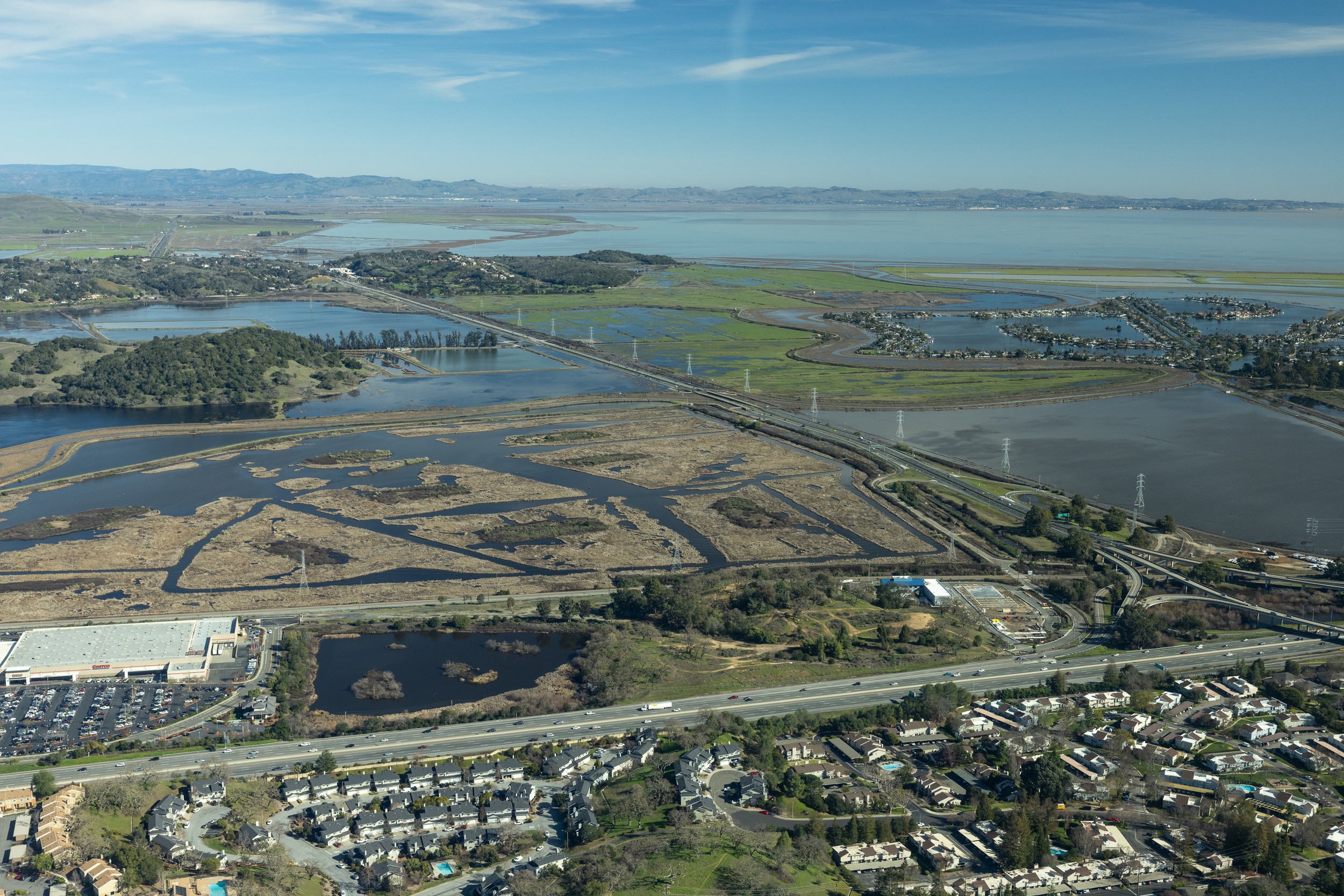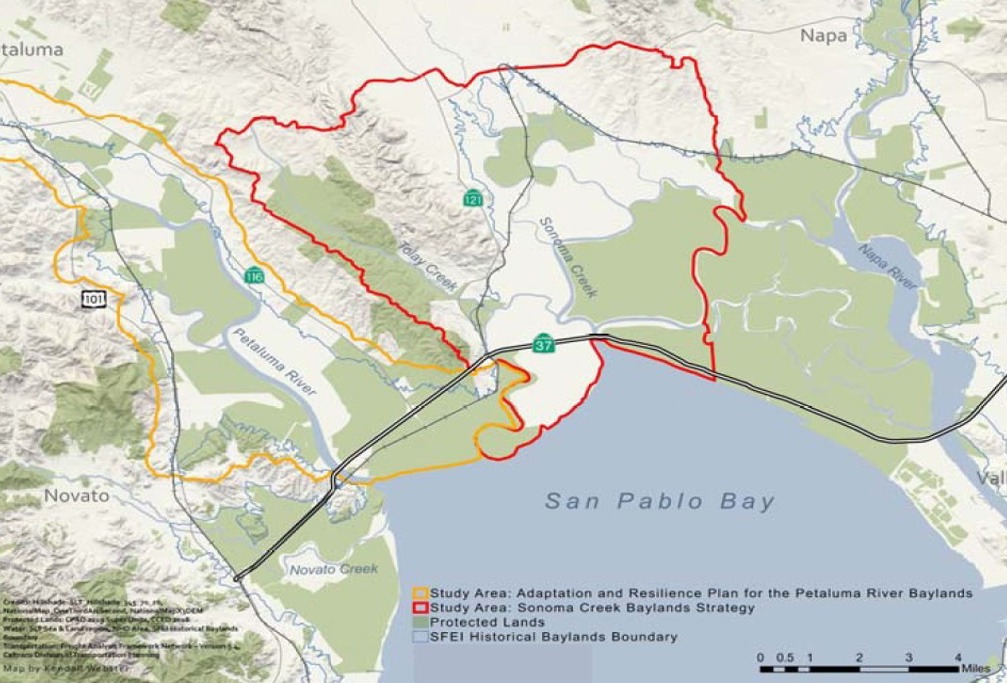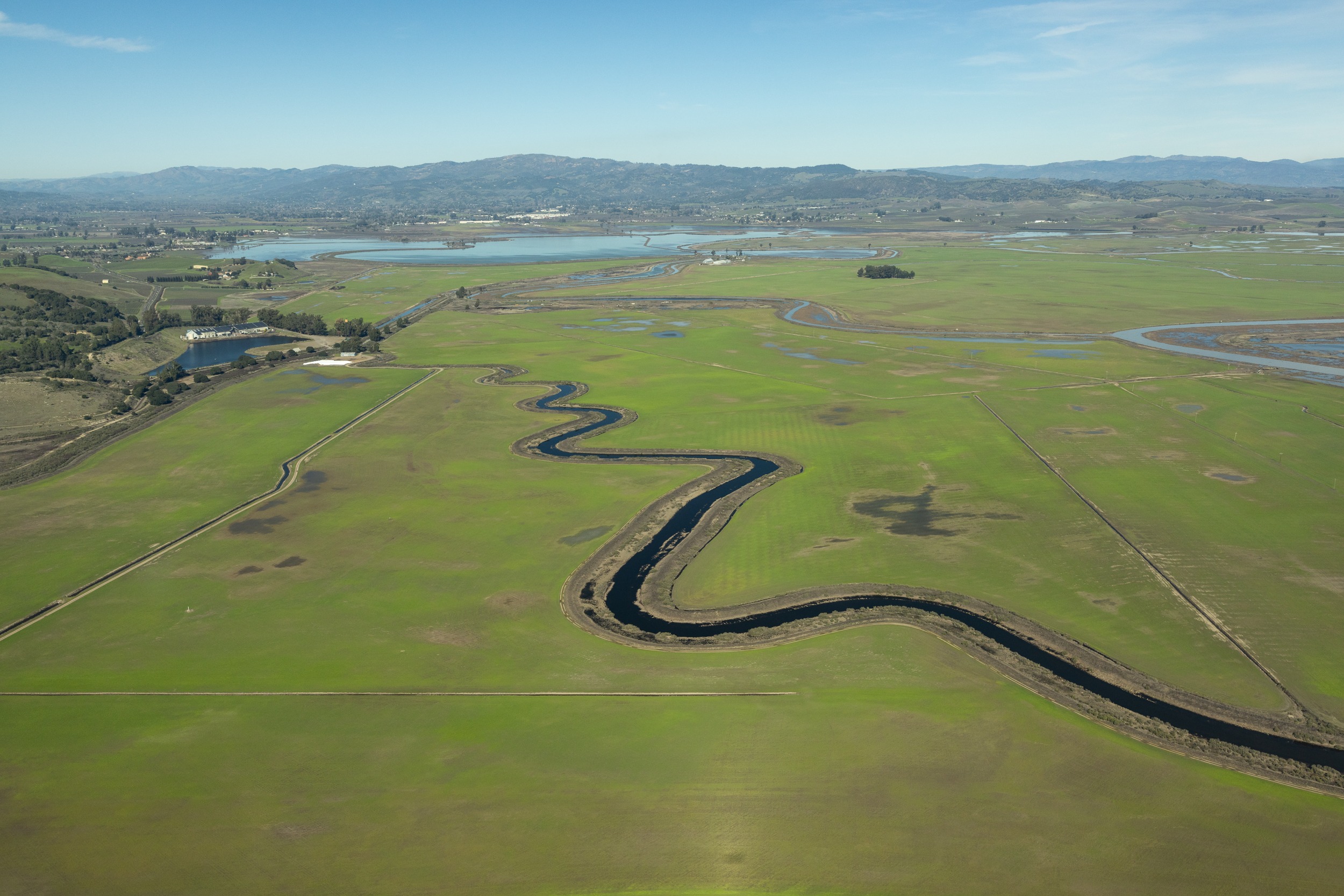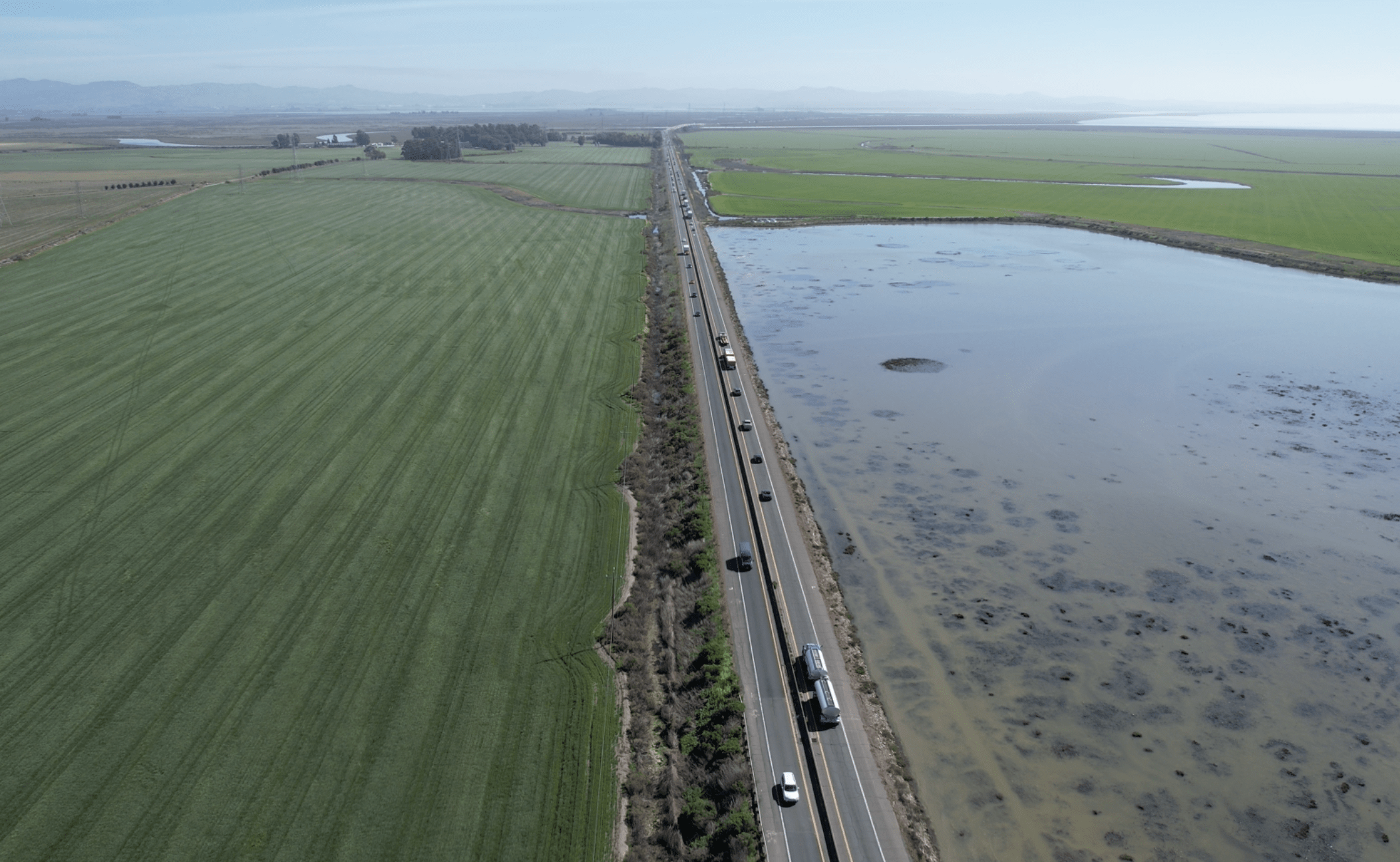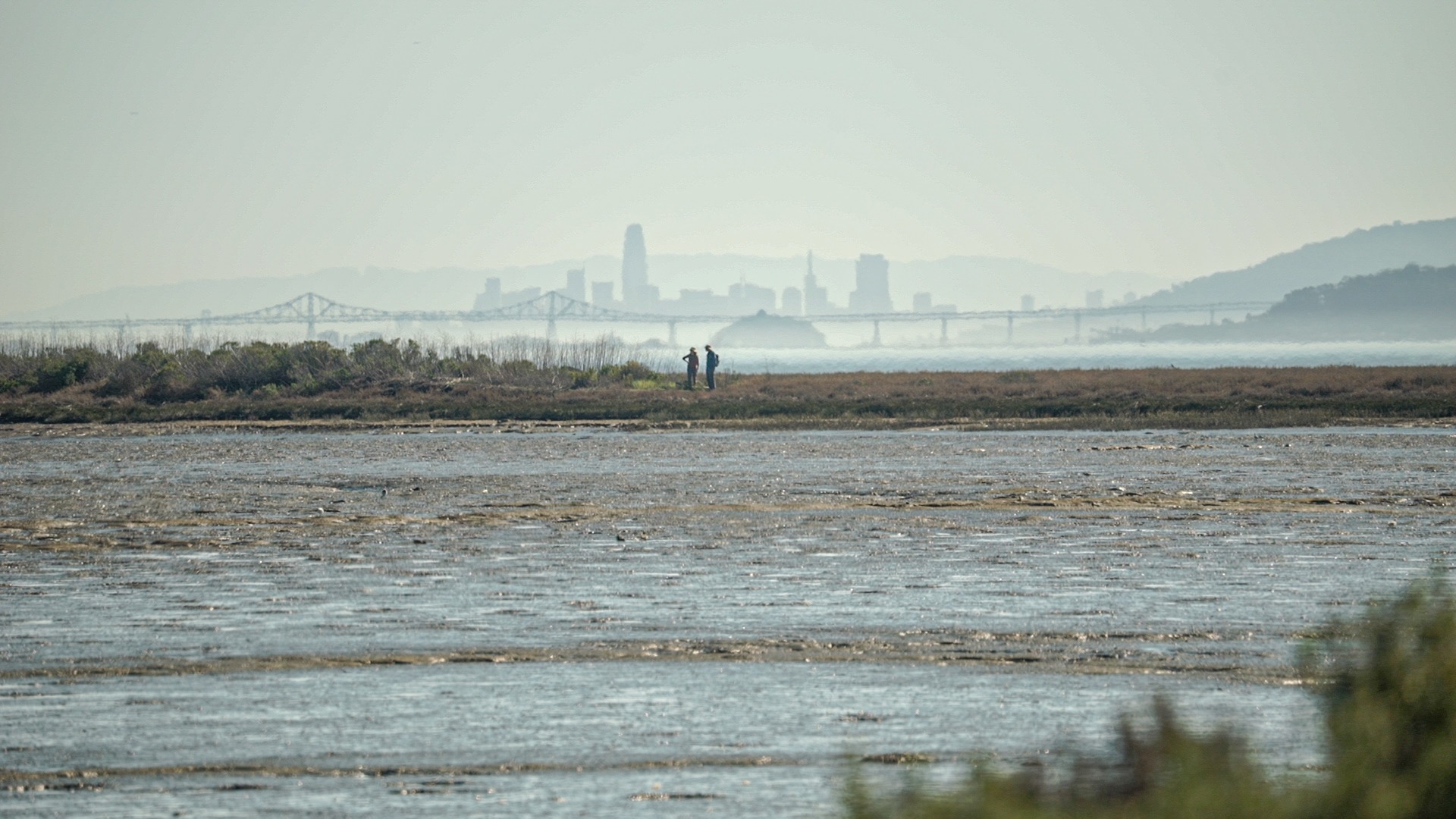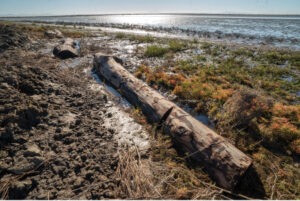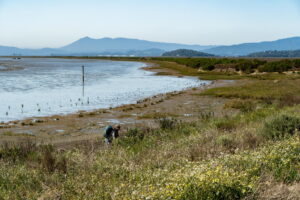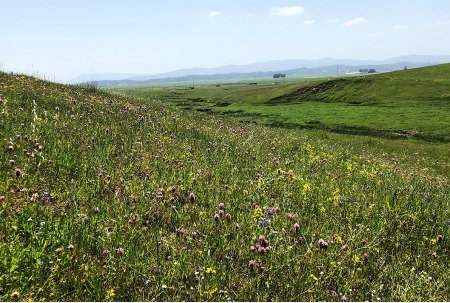Strategic Plan 2023–2028
Water
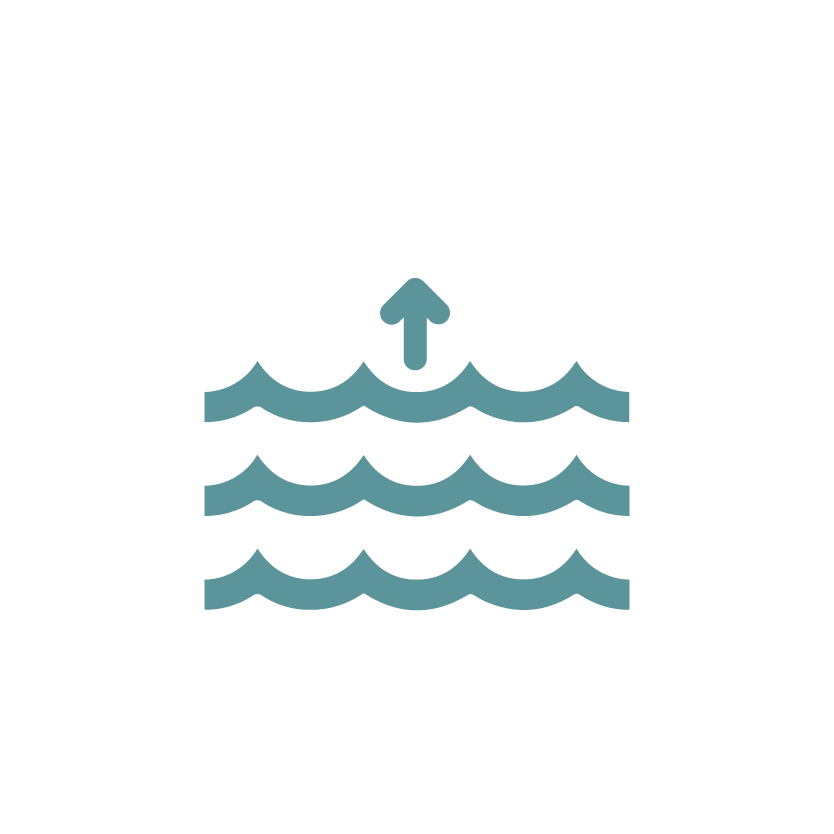

The challenge
The Earth is warming, and ice sheets and glaciers are melting, and sea water is expanding. The State of California climate modeling guidance projects that sea levels will likely rise 0.6 to 1.1 ft by 2050 and 1.2 to 3.4 ft by 2100 in the San Francisco Bay area. Storm surges, king tides, and short-term climate fluctuations will cause increased coastal flooding. People and infrastructure in communities throughout the North Bay, such as Petaluma and Schellville, are at the front lines of experiencing the full effects of this change, resulting in potential flooding and related damage. Wetland restoration is critical to buffer communities from the rising seas and doing so requires participation from transportation authorities, landowners, and local governments, working together and acting quickly.

The solution
Restoring the function of tidal marshes and increasing their reach upland from the bay, provides the space for rising tides and floodwaters to flow naturally. We are increasing the pace of our restoration work in the San Pablo Baylands region to buffer the impacts of flooding from sea level rise and intense storms. We are restoring not only the habitat itself, but the processes that enable climate adaptation and resilience by connecting uplands and streams with the bay and preserving space for marshes to expand.
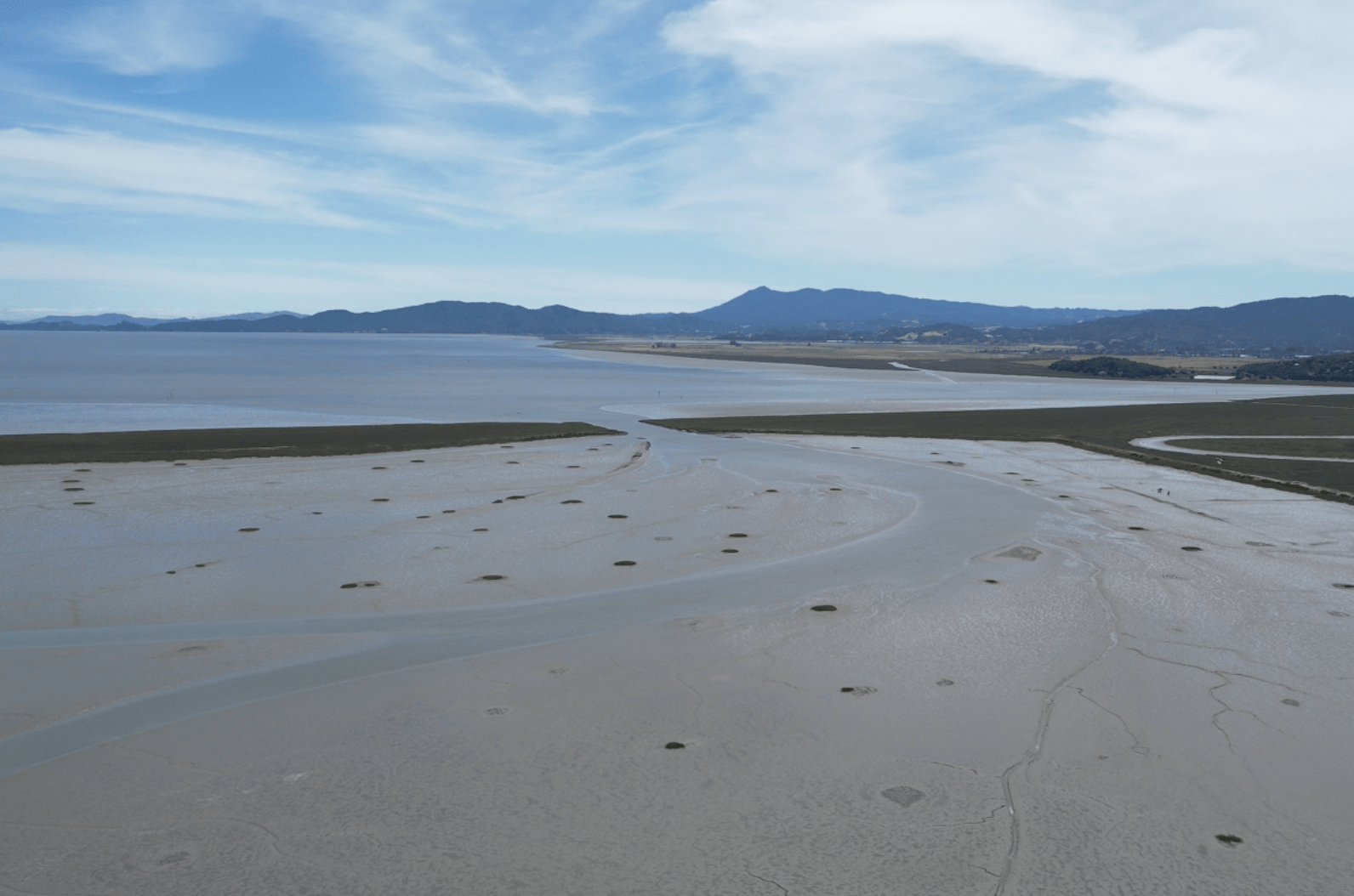
goal
Reconnecting and rehabilitating the San Pablo Baylands exemplifies the extraordinary beneficial functions that wetlands provide. We will continue to transform the Baylands by protecting and restoring up to 10,000 acres that improve and enhance key coastal habitat for biodiversity including endangered species while buffering local communities and critical infrastructure from sea level rise and flooding.
Why this matters
Sea level rise and increased storm activity threaten to permanently flood much of the San Francisco Bay shoreline, including habitat, commuter transportation infrastructure, businesses, and homes. Tidal marshes act like sponges, absorbing the surges of water generated by high-tide events and flooding, while also providing habitat for birds, small mammals, fish, and plants. Restoring marshlands can alleviate the worst impacts of flooding and provide natural buffers to wind and wave erosion.
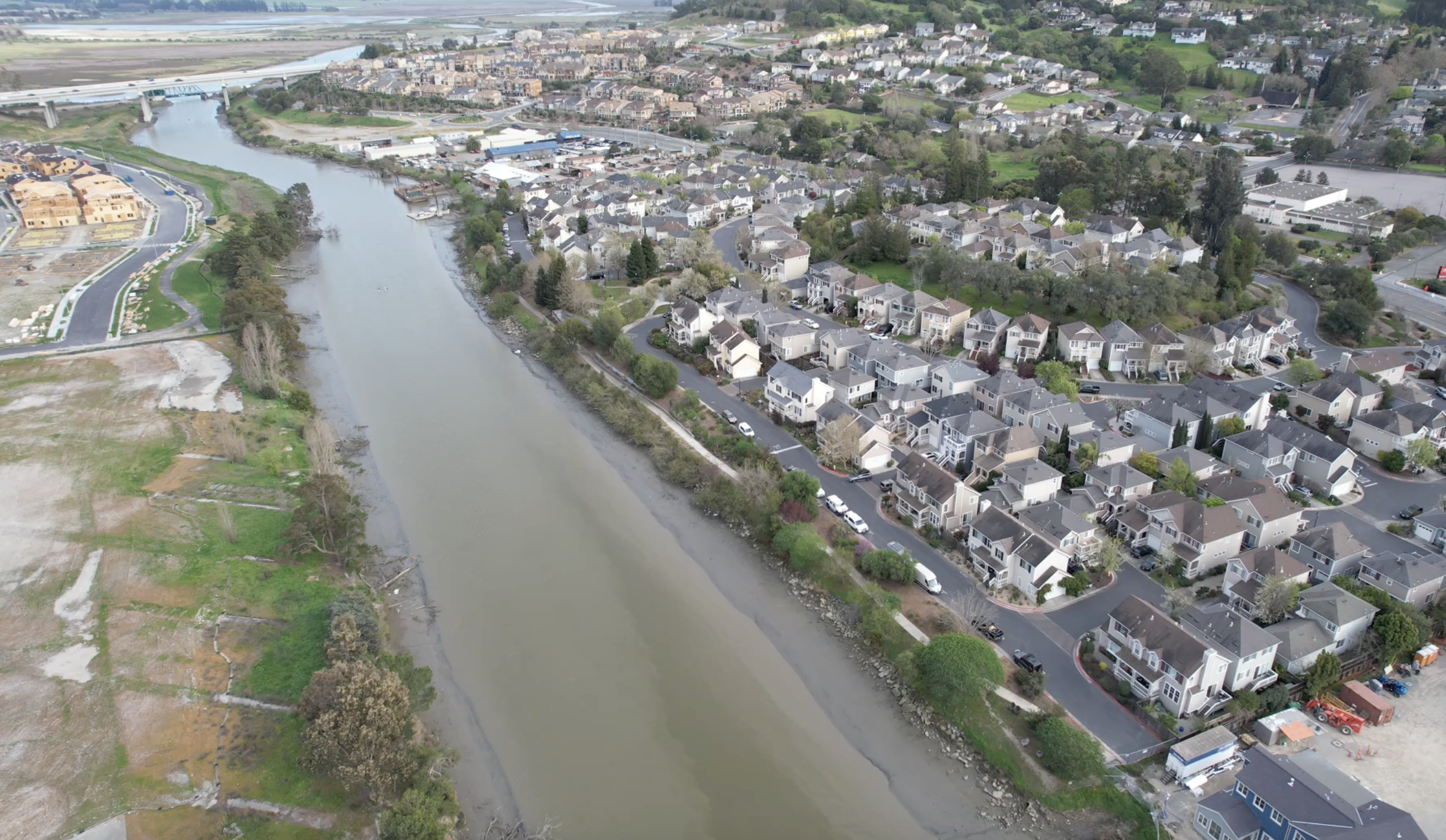
Our approach
Landscape-scale wetland restoration has proven to be the most effective and affordable long-term defense against the impacts of sea level rise. Through a collaboration with state transportation and natural resource agencies, conservation organizations, Indigenous tribes, and local landowners, we are advocating for and implementing the protection and restoration of wetlands in the San Pablo Baylands, Sonoma Creek, Tolay Creek, and the Petaluma River Baylands.

